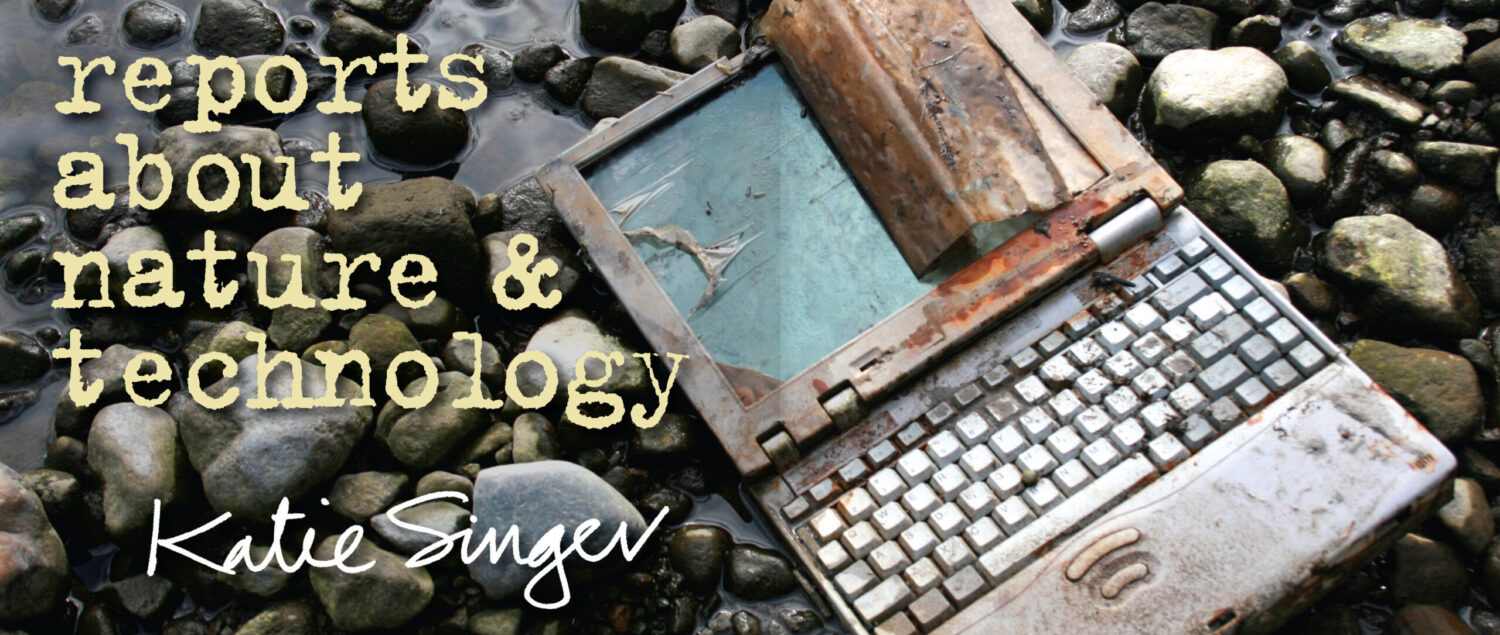Katie Singer’s video, “Tracing the Internet’s supply chains to reduce technology’s impacts on nature” will show at The Nova Institute’s annual conference December 1-2, 2022. Register for the free conference here. See more details about it here. See Katie Singer’s video here: OurWeb.tech/letter-47
Miguel Coma’s newest report, “Should metaverse subjects expect adverse effects? Real threats and opportunities from the virtual world,”was published at meer.com 23 November 2022. https://www.meer.com/en/71366-should-metaverse-subjects-expect-adverse-effects
New reports show “inconvenient” facts about e-vehicles: Heather MacLean et al. report in “We Need More Than Just Electric Vehicles,” 20 August 2022, IEEE Spectrum, that “Manufacturing an EV battery using coal-based electricity results in more than three times the greenhouse-gas emissions of manufacturing a battery with electricity from renewable sources. And about 70 percent of lithium-ion batteries are produced in China, which derived 64 percent of its electricity from coal in 2020.” https://spectrum.ieee.org/electric-cars-2657880896
John Stossel’s November 16, 2022 oped at the NY Post explains inconvenient facts about EVs: https://nypost.com/2022/11/16/pols-who-push-electric-cars-ignore-basic-math-and-physics/?utm_source=email_sitebuttons&utm_medium=site%20buttons&utm_campaign=site%20buttons
Blake Levitt, Henry Lai, Al Manville have a new paper at Frontiers in Public Health, “Low-level EMF effects on wildlife and plants: What research tells us about an ecosystem approach.” This paper is greatly abbreviated from their three-part 2021 paper published in Reviews in Environmental Health, which defined the issue at ecosystem levels for the first time. The paper focuses on the unique physiology of non-human species, their extraordinary sensitivity to both natural and anthropogenic EMFs, and the likelihood that artificial EMFs in static, extremely low frequency (ELF) and radiofrequency (RF) ranges of the non-ionizing electromagnetic spectrum are capable, at very low intensities, of adversely affecting both fauna and flora. Any existing exposure standards are for humans only; wildlife is unprotected. Mechanistic, genotoxic, and potential ecosystem effects are discussed. https://www.frontiersin.org/articles/10.3389/fpubh.2022.1000840/full
Kate Raworth, author of Doughnut Economics, gave the 42nd annual E.F. Schumacher lecture Nov. 12, 2022, “Planetary Economics: New Tools for Local Transformation.” Raworth thinks in the tradition of the ecological economist Herman Daly, who died earlier this month, and who advocated not taking from the Earth faster than it can replenish, and not wasting faster than the Earth can absorb. Raworth’s suggestions include municipalities ensuring that workers are respected throughout supply chains—before purchasing cell phones, for example. https://www.youtube.com/watch?v=aPWOHR6dM-4
Katie Singer is very close to finishing Mapping the Technosphere and welcomes support for this project!
